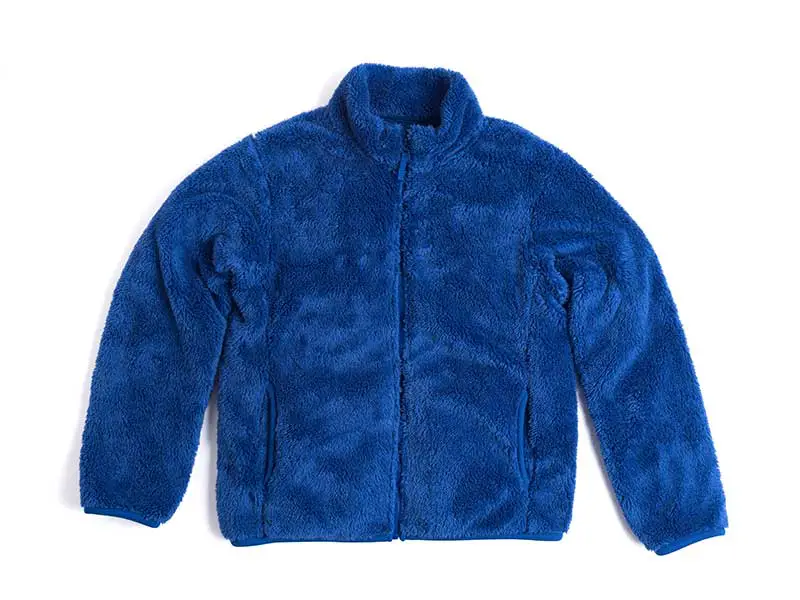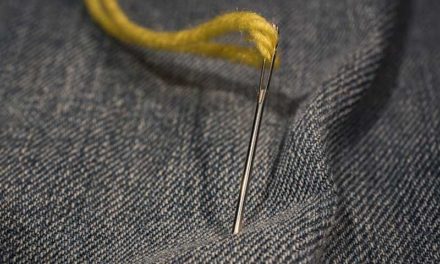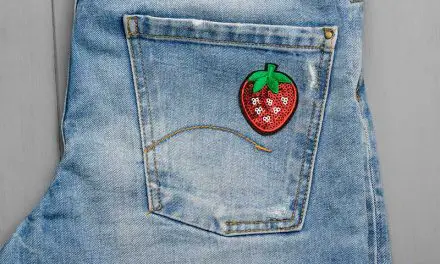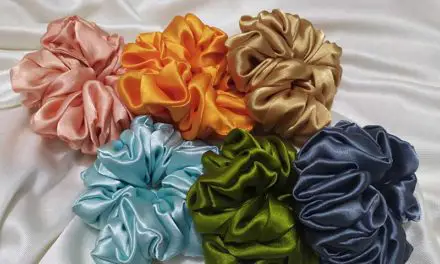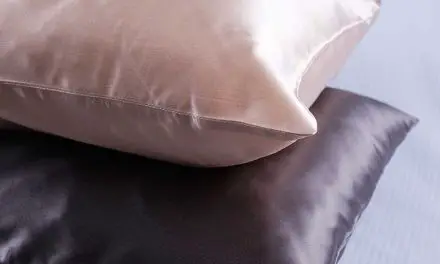Cold weather usually makes us want to wear sweatshirts 100% of the time. They’re soft and warm, but what’s even better, easy to sew. However, that doesn’t mean you can do it like any other type of fabric. In this article, we’ll go over machine settings For sewing fleece.
Table of Contents
Needles And Threads For Fleece
You don’t have to own a heavy-duty machine for sewing fleece. Any standard machine is strong enough to sew this material. However, that’s not the case when it comes to needles. If you think that any kind of needle will work for this sewing project, you’re wrong. While fleece is such a soft stretchy fabric, it’s really hard on needles. That’s why it’s important to always install a new one before you start sewing a fleece garment. That way, you’re sure the needle is sharp enough to go through the fabric. You can go with an 80/12 or a 90/14 universal needle, but an even better option would be a ballpoint one. Instead of piercing through the fabric, this rounded-tip needle pushes the fibers aside. That way, it avoids possible fabric tearing and skipped stitches.
When it comes to threads, there’s one simple rule. Pick the one that matches the fabric. Since fleece is a polyester fabric, the thread used should be polyester, too. It has a bit of stretch and it’s way durable than the cotton thread.
Choosing A Machine Foot
Okay, so you’ve installed an adequate needle, now it’s time to talk about the foot you’ll be using for sewing fleece. An all-purpose sewing foot, as the name suggests, will work with just about any fabric. If it’s the only sewing foot you own, go ahead and use that one. But when it comes to sewing fleece, a walking foot attachment will be your life-safer.
Also known as even feed foot, this type of attachment has an extra set of feed dogs on the bottom. This allows it to evenly feed layers of fabric through the machine, something that will be difficult to do with a standard foot. Furthermore, with a walking foot, the fabric doesn’t stretch out while it’s sewn. In other words, this foot doesn’t allow your sewing machine to “eat” fabric.
As you see, a walking foot saves you a lot of time and patience. But since it’s sold separately, not everybody owns it, and that’s okay. If you’re working with an all-purpose foot, expect your sewing project to take more time. Go slow and keep a close eye on the fabric so that it doesn’t get stuck under the foot.
If your sewing machine has a presser foot dial, lower it down. You only need a light touch to feed the fleece into the machine. This is especially important when sewing thick fabrics and multiple layers.
Gently press the pedal and go slow. Sewing too fast will only result in fabric puckering. So take your time, at least until you become experienced with sewing fleece.
Stitch Length And Width
The next step is to go over stitch settings. A standard stitch length is 2.5 mm. That’s a typical stitch setting on most modern sewing machines, which usually have a stitch range control from 0 to 5 or 6. However, if you own a vintage machine, it probably shows a range from 4 to 60. But that doesn’t mean it can sew a stitch that long! Instead, this number represents stitches per inch. So the standard stitch length of 2.5 mm equals 10 stitches per inch, roughly.
When sewing fleece, opt for a longer stitch, as it won’t pull and gather fabric. Depending on the thickness of fleece you’re using, go for 3.5 mm or longer. If you’re unsure what stitch length will work best, do a test swatch on a double layer.
After you’ve set the stitch length, it’s time to adjust the width. The stitch width shows how far it will go from one side to another. Most sewing machines have a 5 mm range dial. When the dial is set to 0, the stitch is straight, obviously. Since fleece is a stretchy fabric, you’ll be using stretchy stitches, and most of these will require you to set the width to at least 1.5 mm.
Types Of Stitches For Fleece
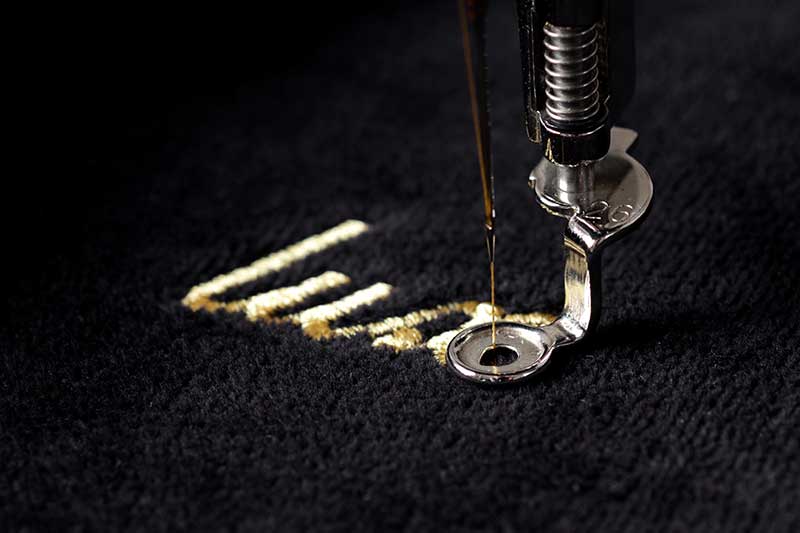
So we’ve covered the length and width stitch settings, but we’re yet to talk about types of stitches that are suitable for fleece. As we already mentioned, stretchy fabric requires stretch stitches. Why is that? Well, a straight stitch can’t withstand the pull on the fleece. The elasticity of the fabric will most likely cause the seams to pop. You can maybe pull off a straight stitch on seams that won’t stretch, like a neckline, but that’s it.
So what type of stitch is suitable for fleece? A zig-zag stitch is a classic option that basically any sewing machine offers. It’s a geometric back-and-forth stitch that’s used for stretchable fabrics as well as a decorative raw edge finish if you don’t own a serger.
Another excellent option for fleece is a lightning stitch. This type of stitch works well with all kinds of thick elastic fabrics. It’s similar to zig-zag, but the needle goes back a bit and overlaps a previous stitch before going forward. It’s narrower and longer than a zig-zag stitch and actually resembles a straight stitch. It accommodates the push and pulls of the fabric without seams snapping.
And that’s it. Once you’re done sewing fleece, clean your machine. When sewed, fleece creates lint that can pile up inside. With a stiff brush, clean out the fibers that have built up. Some people claim compressed air is great for cleaning, but this might drive lint further in.
In Conclusion
As you’ve seen, fleece isn’t a tough fabric to work with. It’s stretchy, so you need to use proper stitching to keep the seams intact, but besides that, it’s not that different from other fabrics. With adequate machine settings, you’ll master this material in no time.

